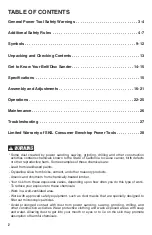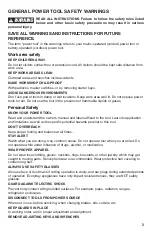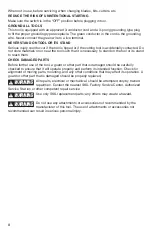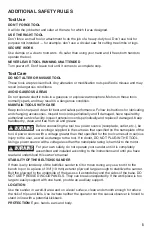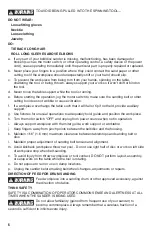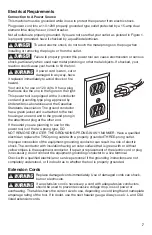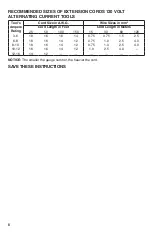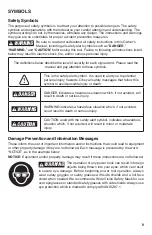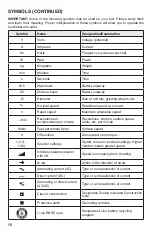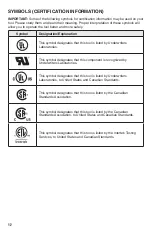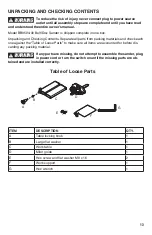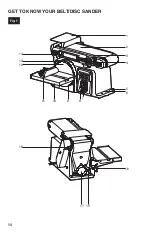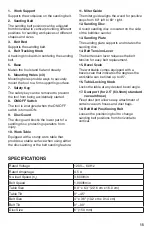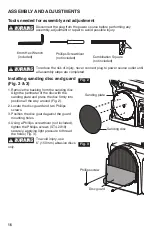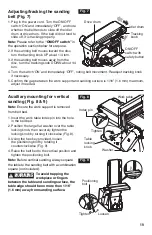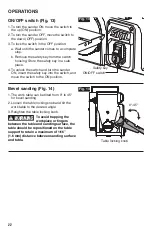
7
Electrical Requirements
Connection to A Power Source
This machine must be grounded while in use to protect the operator from electric shock.
Plug power cord into a 110-120V properly grounded type outlet protected by a 15-amp dual
element time delay fuse or circuit breaker.
Not all outlets are properly grounded. If you are not sure that your outlet, as pictured in Figure 1,
is properly grounded; have it checked by a qualified electrician.
DANGER
To avoid electric shock, do not touch the metal prongs on the plug when
installing or removing the plug to or from the outlet.
DANGER
Failure to properly ground this power tool can cause electrocution or serious
shock, particularly when used near metal plumbing or other metal objects. If shocked, your
reaction could cause your hands to hit the tool.
WARNING
If power cord is worn, cut or
damaged in any way, have
it replaced immediately to avoid shock or fire
hazard.
Your unit is for use on 120 volts. It has a plug
that looks like the one in the figure on the right:
This power tool is equipped with a 3-conductor
cord and grounding type plug, approved by
Underwriters Laboratories and the Canadian
Standards Association. The ground conductor
has a green jacket and is attached to the tool
housing at one end and to the ground prong in
the attachment plug at the other end.
If the outlet you are planning to use for this
power tool is of the two-prong type, DO
NOT REMOVE OR ALTER THE GROUNDING PRONG IN ANY MANNER. Have a qualified
electrician replace the TWO-prong outlet with a properly grounded THREE-prong outlet.
Improper connection of the equipment-grounding conductor can result in a risk of electric
shock. The conductor with insulation having an outer surface that is green with or without
yellow stripes is the equipment-conductor. If repair or replacement of the electric cord or plug
is necessary, do not connect the equipment-grounding conductor to a live terminal.
Check with a qualified electrician or service personnel if the grounding instructions are not
completely understood, or if in doubt as to whether the tool is properly grounded.
Extension Cords
WARNING
Replace damaged cords immediately. Use of damaged cords can shock,
burn or electrocute.
WARNING
If an extension cord is necessary, a cord with adequate size conductors
should be used to prevent excessive voltage drop, loss of power or
overheating. The table shows the correct size to use, depending on cord length and nameplate
amperage rating of the tool. If in doubt, use the next heavier gauge. Always use U.L. and CSA
listed extension cords.


